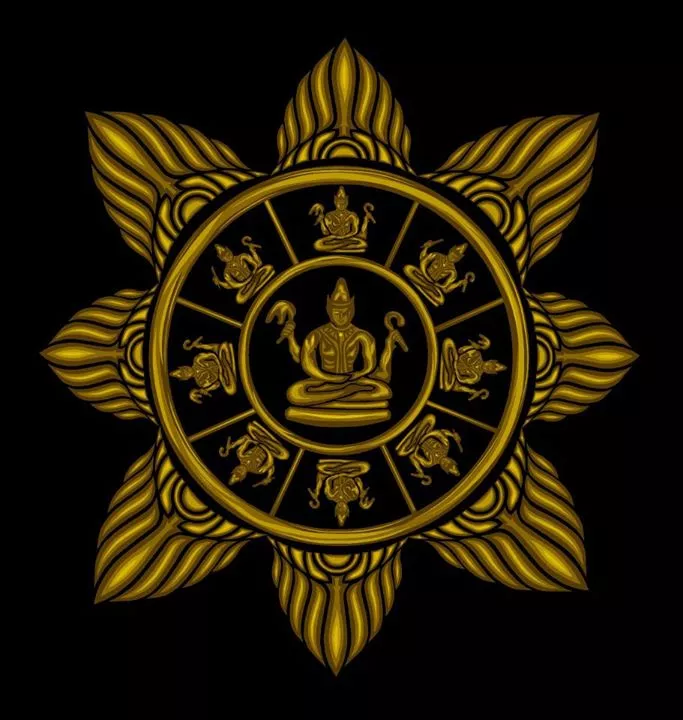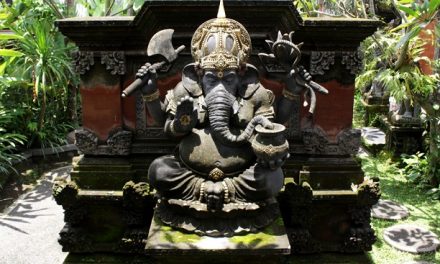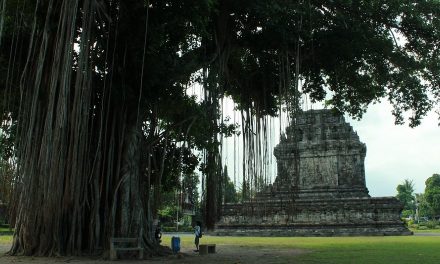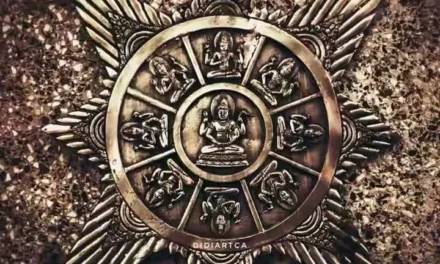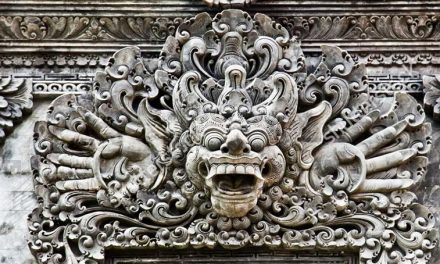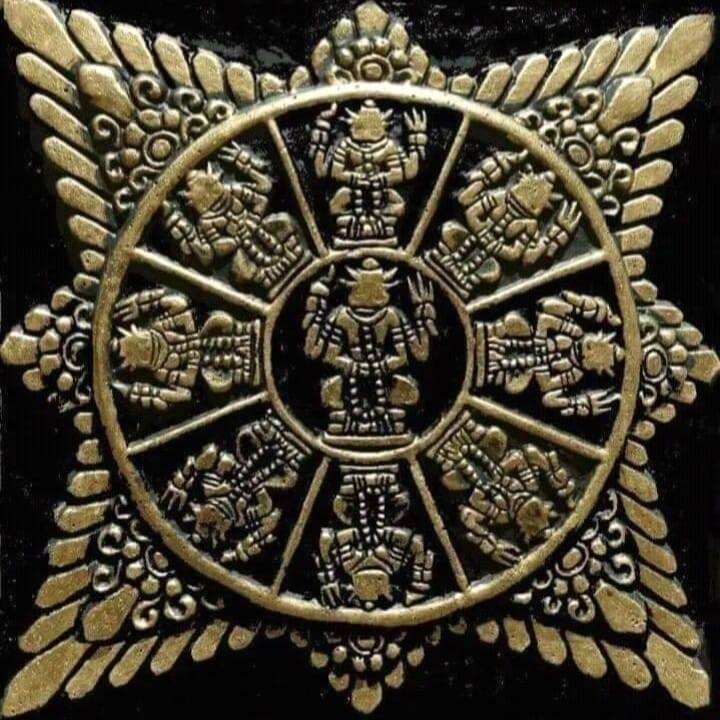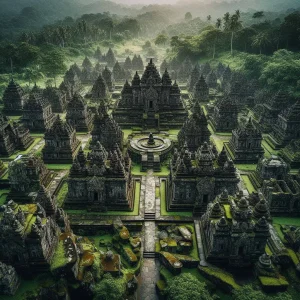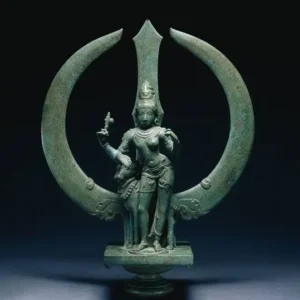“Lord Śiva said: “My dear son, I, Lord Brahmā and the other devas, who move within this universe under the misconception of our greatness, cannot exhibit any power to compete with the Supreme Personality of Godhead, for innumerable universes and their inhabitants come into existence and are annihilated by the simple direction of the Lord” – Srimad Bhagavatam 9.4.56
The 3 Spheres of Existence and their 14 Lokas
The Srimad Bhagavatam, Vishnu Purana, Padma Purana and Vayu Purana and the Atharva Veda mention of 14 worlds – 7 higher ones (Vyahrti) and 7 lower ones (Pātāla). Our world here on Earth is only one of those 14 worlds and is considered to be the lowest among the 7 higher worlds.
The Bhagavad-Gita further explains that there are 3 divisions of material planets in our universe. They are called urdhva-loka (highest), madhya-loka (middle), and adho-loka (lower). Within these 3 spheres of existence are the 14 main realms with different standards of life and duration of existence.
The Vishnu Purana says that the Earth is merely one of thousands of billions of inhabited worlds like itself to be found in the universe.
There are millions of universes, and each universe has a shape like an egg. In each universe there are 14 planetary systems consisting of the 3 types of lokas (this is why one of the names of Lord Siva is Trilokinath (= the Lord of the Three Lokas):
- Urdhva-lokas (upper realms) – Abodes of the angels, spirits, manes and devas
- Madhya-lokas or Bhu-loka (middle realms) – Realms of living being such as humans, animals, Our Earth is situated close to the middle of these planetary systems and represents the Mortal Realms known as the Bhu Mandala. It is where humans live and great teachers can be born.
- Adho-lokas (lower realms) – Realms inhabited by Nagas and Rakshas. There are various divisions within these lokas. Below those lokas there exist 28 Narakas (hells).
Bhu-loka is our sphere of Earth. It is the 7th and lowest of the upper realms. Beneath it are the 7 Pātāla (पाताल) (netherworlds) and the Naraka (नरक) (hells), or hells, of which there are 28 (according to the Bhagavata Purana, the Vishnu Purana and the Devi Bhagavata Purana). Their names and descriptions vary, depending on the Purana.
“And who will search through the wide infinities of space to count the universes side by side, each containing its Brahma, its Vishnu, its Shiva? Who can count the Indras in them all–those Indras side by side, who reign at once in all the innumerable worlds; those others who passed away before them; or even the Indras who succeed each other in any given line, ascending to godly kingship, one by one, and, one by one, passing away?” – Brahma Vaivarta Purana
The 7 Vyahrtis (Sapta Urdhva Loka)
- Bhur-loka is our physical Earth, and considered the lowest of the 7 higher worlds. It extends as far as it is illuminated by the rays of the Sun and of the Moon. Men and animals live here. The Vishnu Purana says that the earth is merely one of thousands of billions of inhabited worlds like itself to be found in the universe.
- Bhuvar-loka (or Pitri-loka) (the space between Earth and Sun, or Antariksha) is the realm of semi-divine beings that are just above humans. The space between the Earth and the Sun is inhabited by these semi-divine beings. This is known as the atmospheric sphere of the Antariksha, in which the Siddhas and the devayoni (celestial beings) dwell. This corresponds to the atmosphere of the Earth.
- Suvar-loka [or Swar-loka] (the space between Sun and the Pole Star (Dhruva Nakshatra), or Trāyastriṃśa) is the realm of the 33 devas, where Indra reigns, along with his court of Gandharvas, Maruts, Vasus and Apsaras, in the celestial gardens of Nandana. The capital of this realm is Amravati.
The Suvar-loka is divided in
-
- Druva Mandala
- Sani Mandala
- Brihaspati Mandala
- Angaraka Mandala
- Sukra Mandala
- Budha Mandala
- Nakshatra Mandala
- Chandra Mandala
- Surya Mandala.
- Mahar-loka is the abode of mystics who can move between planets (such as Bhrigu Muni). It is locatd above Dhruva, and is the abode of great sages, rishis and enlightened beings. Its inhabitants remain there throughout a Kalpa, or day of Brahmá. When the fire of devastation almost reaches this planet the residents transport themselves to Satyaloka where they live further before this highest of planets is destroyed.
- Jana-loka is the abode of the Sons of Brahma. It is another abode of great saints and sages. This planet is populated by mystics who move to higher planets, and eventually transform their subtle bodies to spiritual, when the fire of devastation consumes the material planets.
- Tapa-loka is the abode of the 4 Kumars (Sanat, Sanak, Sanandan, Sanatan) symbolizing the Gyan-Shakti of the supreme Lord. and of the Vairagis (immortal ascetics). Ayohnija devatas live there.
- Satya-loka (or Brahma-loka) is the Abode of Truth, where atman are released from the necessity of rebirth. At the time of final dissolution of the material planets, the residents of the Satya-loka transform their subtle bodies into spiritual bodies and enter the eternal Vaikuntha planets which is even above the Satya-loka.
The 7 Pātāla (Sapta Adho Loka)
The Pātāla-loka are the realm of a variety of demons and spirits. Different realms of Pātāla are ruled by different demons. Both the Bhagavata Purana and the Devi-Bhagavata Purana describe the Pātāla as filled with splendid jewels, beautiful groves and lakes and lovely demon maidens. The natural beauty of the Pātāla is said to surpass that of the upper realms.
These realms are populated by persons of great power and opulence, yet of demoniac consciousness, who have reached here through austerity aimed at material enjoyment without spiritual development.
The residents here enjoy a standard of material comfort more opulent than even the higher planets due to their desires for high standards of sensual enjoyment, wealth, and influence. They are all engaged in illusory material enjoyment with no thought of spiritual liberation.
They do not become old and diseased and fear only the time factor, which ultimately must destroy their abodes. Therefore they are given the name of bila-svarga, or subterranean heavenly planets. There are incredible feats of architecture in their cities bedecked with valuable jewels in houses, gardens, compounds, etc.
All residents drink juices and bathe in herbal elixirs which free them from any anxiety or physical disease, as well as any sign of physical aging. The visual beauty of these artificial heavens surpasses that of the higher planets and this sensual atmosphere completely captures the mind, allowing no thoughts but those directed toward sensual pleasure and happiness.
Since time is not divided into days and nights due to no sunshine reaching these planets, they have no fear produced by time. Only at the time of dissolution does anxiety and fear consume them.
- Atala-loka is ruled by Bala, who created 3 types of women – svairiṇīs (“self-willed”), who like to marry men from their own group; kāmiṇīs (“lustful”), who marry men from any group, and the puḿścalīs (“whorish”), who keep changing their partners. When a man enters Atala, these women enchant him and serve him an intoxicating cannabis drink that induces sexual energy in the man.
- Vitala-loka is ruled by the god Hara-Bhava (a form of Shiva), who dwells with his attendant ganas including ghosts and goblins as the master of gold mines. Here he enjoys sexual union with his consort Bhavani and their sexual fluids flow as river Hataki here. When fire – fanned by wind – drinks from this river, it spits the water out as a type of gold called Hataka.
- Sutala-loka is the realm of the demon king Bali.
- Talātala-loka is the realm of the demon-architect Maya. Shiva, as Tripurantaka, destroyed the three cities of Maya but was later pleased with Maya and gave him this realm and promised to protect him.
- Mahātala-loka is the abode of many-hooded Nagas – the sons of Kadru, headed by the Krodhavasha band of Kuhaka, Taksshaka, Kaliya and Sushena. They live here in peace but always fear the Garuda.
- Rasātala-loka is the the plane of passionate, cruel and lustful beings, the Daityas and Danavas. They are the eternal foes of the Devas.
- Pātāla-loka is the lowest realm and the region of the Nagas, ruled by Vasuki.
These “heavens and hells” are simply states of consciousness that we create for ourselves because of our actions and attitudes in any given lifetime.
The first four of these have forms, are known as Rupa Lokas, and are under the rule of Mahamaya.
The last three are formless, the Arupa Lokas. It is said that Narada visited these lokas and found that they did not need Sun’s rays. These lokas are more delightful than Indra’s heaven and have every kind of luxury and sensual gratification.
The Naraka
Beneath the Patala-loka, and slightly above the water of the Garbhodaka ocean, are the Naralokas, or the hellish realms. These are of different degrees of suffering for those who must go there. There are 28 different hellish realms, described in the Puranas.
